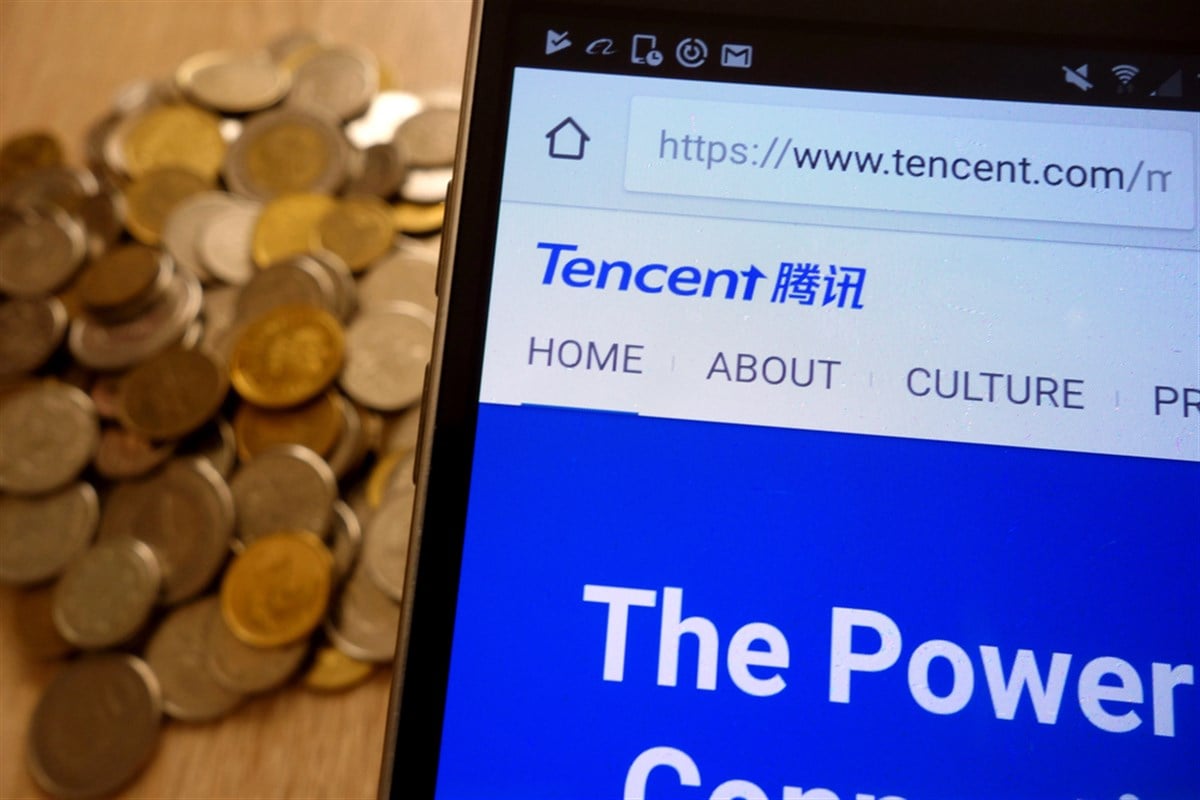Financial News
More News
View More
Why 2026 Could Be the Year Archer Aviation Finds Its Lift ↗
Today 12:09 EST
Small-Cap Standouts: These 3 Stocks Rose Over 300% in 2025 ↗
Today 10:24 EST
Off-the-Beaten-Path Metals ETFs With Big Potential ↗
Today 8:26 EST
MarketBeat Week in Review – 12/29 - 01/02 ↗
Today 7:00 EST
Palantir Has Grown Up Fast: What Does That Mean for 2026? ↗
January 02, 2026
Recent Quotes
View More
Stock Quote API & Stock News API supplied by www.cloudquote.io
Quotes delayed at least 20 minutes.
By accessing this page, you agree to the Privacy Policy and Terms Of Service.
Quotes delayed at least 20 minutes.
By accessing this page, you agree to the Privacy Policy and Terms Of Service.
© 2025 FinancialContent. All rights reserved.








